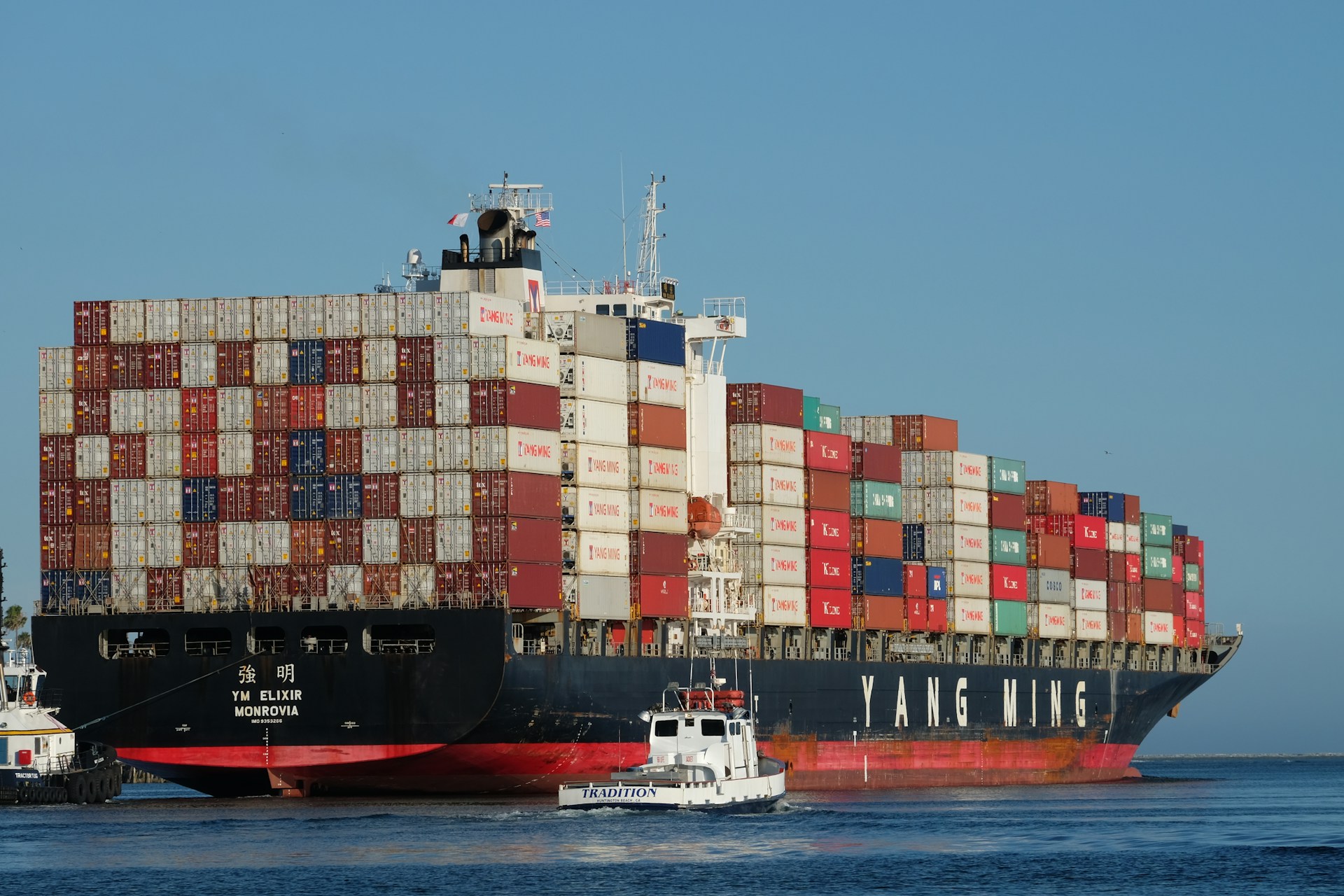
Images: jp.morgan
The Red Sea shipping crisis, triggered by Houthi rebel attacks on cargo ships and tankers, is sending shockwaves through global supply chains, forcing hundreds of vessels to bypass the Suez Canal, a vital maritime artery. This crisis, coupled with existing disruptions like the Panama Canal blockages due to severe drought, is significantly impacting the logistics landscape.
According to Nora Szentivanyi, a Senior Economist at J.P. Morgan, the rerouting of ships around southern Africa’s Cape of Good Hope results in approximately a 30% increase in transit times, effectively reducing global container shipping capacity by about 9%. This disruption is causing delays in the delivery of crucial components, prompting some Europe-based auto plants to halt production temporarily.
Jose Asumendi, Head of the European Automotive team at J.P. Morgan, highlights the strain on the auto supply chain, particularly affecting new-energy vehicles (NEVs) trade between China and Europe. He emphasizes that depending on the situation’s duration, shipping times and prices may fluctuate, potentially affecting various industries relying on timely shipments.

The surge in shipping costs is another pressing concern. Szentivanyi notes a dramatic increase, with prices along routes typically traversing the Suez Canal, such as from Asia to Europe, skyrocketing nearly five-fold. Ocean spot rates have soared, posing challenges for shippers and potentially leading to cost hikes for retailers heavily dependent on sea freight.
Samuel Bland, covering European Transport and Logistics at J.P. Morgan, warns of potential future cost escalations across different routes as shipping capacity is redirected. This could further strain retailers, although some have hedged their freight exposure for the short term.
Looking ahead, the duration of disruptions will likely dictate the trajectory of shipping costs. Szentivanyi suggests that prolonged disruptions could keep rates elevated or even drive them higher. However, she also points out a potential silver lining: an oversupply of container ships globally, which could help stabilize rates once the crisis abates.

The impact of the Red Sea shipping crisis on inflation is a looming concern. The rise in shipping costs is expected to trickle down to imported goods prices, potentially reigniting inflation worries. Szentivanyi emphasizes that while the extent of this impact depends on various factors, including consumer demand and profit margins, there’s a risk of goods inflation persisting around the 3% mark, affecting global economic dynamics.
J.P. Morgan Research estimates that the disruptions could contribute significantly to global core goods inflation, with potential implications for overall core inflation in the first half of 2024. This forecast underscores the intricate interplay between supply chain disruptions, inflationary pressures, and broader economic performance, highlighting the need for proactive management and contingency planning in the face of evolving global challenges.
Source: J.P.Morgan
